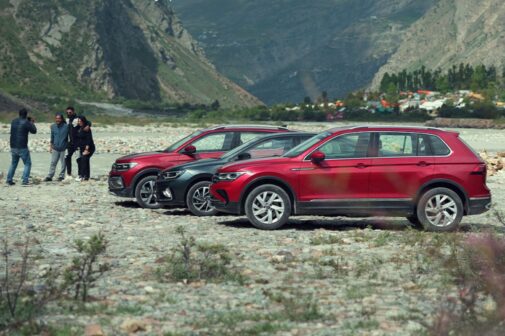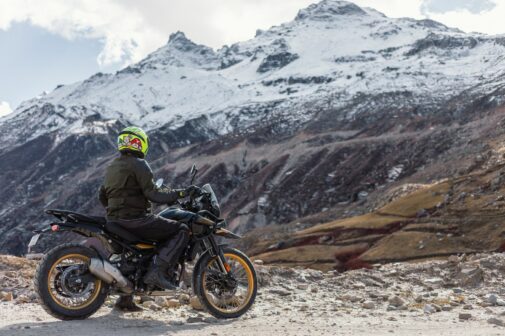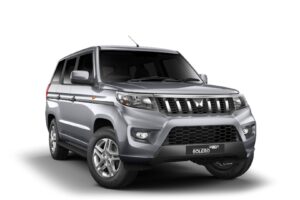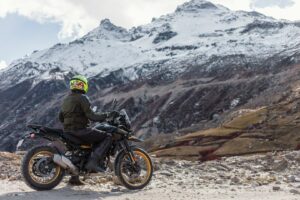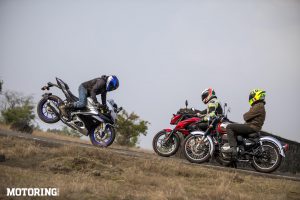Loose dirt. Mud. Steep inclines. Departure Angles. Mud banks. Articulation. Axle Twisters. Porsches. Yes Porsches. This is not a game of finding the odd one out, because Porsches, too, can do a bit of off-roading. It has been 15 years since the Porsche Cayenne has come out, and while are we comfortable with large SUVs wearing the Porsche crest, we tend to forget that these SUVs also come with adequate off-roading capability, thanks to their sophisticated four wheel drive systems. The Adventure Trail, organized by Porsche India aims to do to just that, change the perception that Porsches are much more than just track heroes.
For the Adventure Trail held in Mumbai, a tailor-made track was created in Bandra-Kurla Complex, to put the four wheel drive systems to the test. A little about the track then. The first section was a small straight where the cars were accelerated hard and then hard braking, all on loose soil. This put to test the traction control system and the anti-lock braking system. Next the off-road settings of each car engaged to ascend up a hill with the hill descent control coming into use on the way down. The rest of the course like banked inclines, descending into trenches and muddy sections put Porsche’s four wheel drive system, the Porsche Traction Management system to test.
Only the Porsche Macan Turbo and Cayenne diesel was offered at the Adventure Trail, and while both share the same four wheel drive architecture, they differ in the offroad modes provided. Distribution of power is handled by an electronically controlled multiplate clutch, which splits power between the front and the rear axles depending on whichever axle is experiencing slip. The system is constantly active, monitoring the rotation speeds of all four wheels. If one wheel has lost traction, the anti-slip regulation (ASR) and the automatic brake differential (ABD) brake the spinning wheel. Sensing slip, the torque is then rerouted by the multiplate clutch to the other axle.
During normal driving conditions, the Macan’s system is more rear biased with a 80/20 split of the power between the rear and front axles. While the system in the Cayenne on normal driving conditions does a 62/38 split. Both the systems are capable transferring 100 percent of the power either axles if necessary. On more powerful versions of the Cayenne, especially if the car is equipped with Porsche Torque Vectoring, the centre and rear differentials can be manually locked by a rocker panel on the centre console. Air suspension, which is an optional equipment in some Porsche models, raises the suspension a couple of millimetres to further aid while off roading.
At the course, the Cayenne clearly was the superior of the two thanks to its better ground clearance when it came to going in and out trenches and over the axle twister. That being said, the Macan Turbo had no trouble following Cayenne wherever it went, the traction management system doing its job admirably well. Taking into account the Macan Turbo’s abilities on tarmac, it definitely would not feel out of place if tasked with some fairly challenging off road sections. Both the Porsches definitely showed a different side of their abilities at the Adventure Trial, and proved that they can be enjoyable to drive on and off the road.









